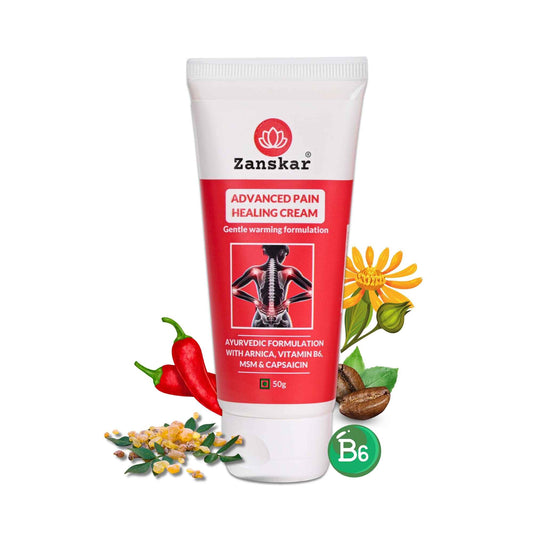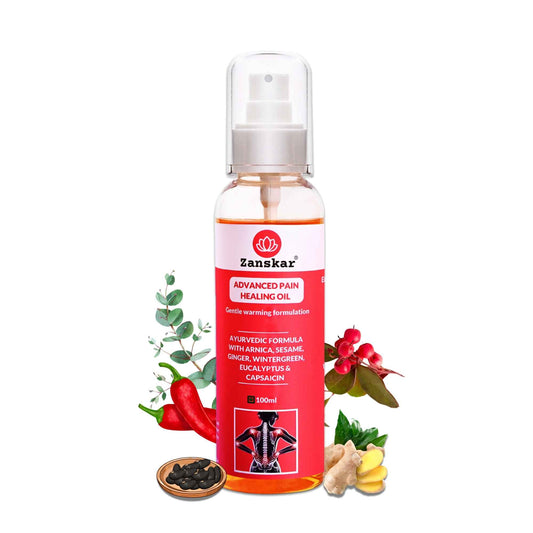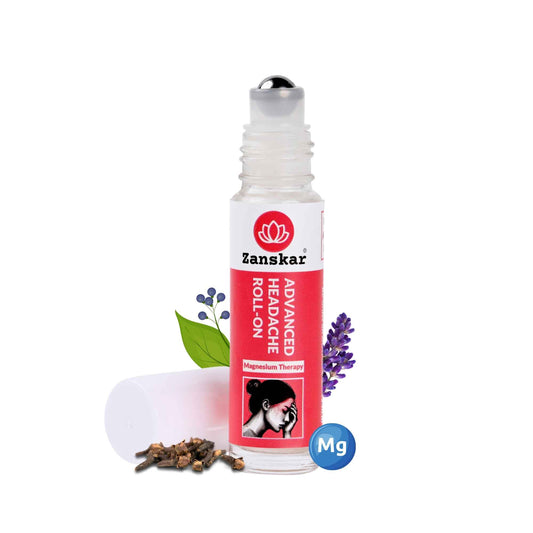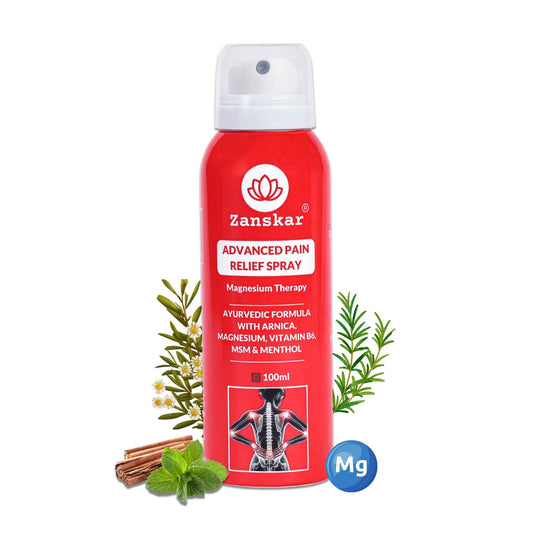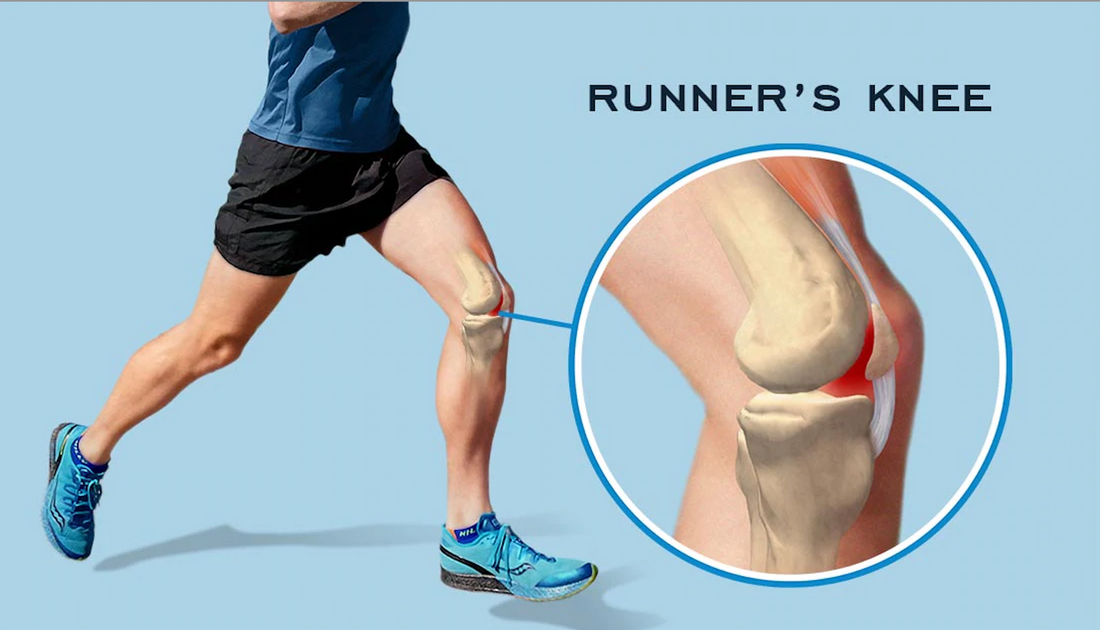
Runner’s Knee: Complete Guide to Causes, Symptoms, and the Smartest Ways to Heal

If you’re an active person who’s suddenly greeted by a dull, aching pain around your kneecap—especially after a run, squats, or walking down the stairs—you’re not alone. This common condition is known as Runner’s Knee, Patellofemoral Pain Syndrome (PFPS) or Chondromalacia patella.
Despite the name, runner’s knee doesn’t just affect runners. It can affect anyone with repetitive strain on the knee joint, including gym-goers, cyclists, athletes, or even someone with a desk job and poor posture.
The good news? It’s manageable.
The better news? You can fix it for the long term.
What Is Runner’s Knee?
Runner’s knee refers to pain around or behind the kneecap (patella) that worsens with activities that involve knee flexion—like running, climbing stairs, kneeling, or sitting for long periods. It’s not a structural injury to the bone but more a mechanical imbalance that causes strain in the joint and surrounding soft tissues.

Symptoms of Runner’s Knee![]()
Understanding the symptoms is the first step toward addressing the issue. Common signs include:
- Dull, aching pain around or behind the kneecap
- Pain while walking downstairs, squatting, or getting up from a seated position
- A feeling of instability or weakness in the knee
- Clicking or grinding noises
- Tenderness along the edges of the kneecap
- Swelling or puffiness around the front of the knee
What Causes Runner’s Knee?
Runner’s knee isn’t just “wear and tear.” It’s usually a combination of bio-mechanical stressors that build over time. Here’s what contributes:
1. Muscle Imbalances
When quads are tight and glutes are weak, the kneecap gets pulled out of its optimal tracking path. This causes friction and strain.
2. Overuse and Training Errors
Sudden increases in running volume, intensity, or improper form (like poor squatting technique) can overload the joint.
3. Poor Foot Mechanics
Flat feet or overpronation (inward foot roll) can cause the knees to rotate inward, disturbing alignment.
4. Tight IT Band or Hip Flexors
These create lateral tension on the knee, increasing strain during movement.
5. Inadequate Recovery
Muscle soreness, fascia tightness, and lack of mobility can accumulate microtrauma around the joint.
How to Treat and Manage Runner’s Knee
1. Activity Modification
Don’t stop moving—but adjust what you do. Reduce high-impact activity and replace it with low-impact options like swimming or cycling.
2. Topical Pain Relief to Calm Inflammation
The pain is largely due to soft tissue irritation. Using a science-backed topical like Zanskar Pain Relief Cream, which contains MSM, Arnica, Capsaicin, and Boswellia, can:
- Reduce inflammation around the knee
- Improve circulation to speed up healing
- Relax tense muscles and fascia that pull on the joint
- Help you move pain-free while you rehab
3. Strengthen Key Muscles (with Guidance)
This is where long-term healing happens. Use our AI-powered physiotherapy app or work with a therapist to strengthen:
- Glute medius & glute max (hip stabilizers)
- VMO (vastus medialis oblique) – inner quad
- Hamstrings & calf muscles
Top exercises:
A. Glute bridges

B. Step-downs

C. Clamshells with resistance band

D. Terminal knee extensions (TKEs)

4. Mobility & Release Work
Stretch the hip flexors, IT band, and calves. Foam roll the quads and lateral thigh. This helps restore knee alignment and reduce external pulling forces on the patella.
5. Footwear & Orthotics
Wearing shoes with poor arch support or flat soles can worsen alignment. Use arch-supporting shoes or orthotic insoles to reduce strain on the knees.
6. Taping or Bracing (Optional Aid)
Some people benefit from patellar taping (like Kinesio tape) to improve kneecap tracking during movement.
Recovery Timeline: How Long Does It Take?
Most mild-to-moderate cases improve within 4–8 weeks if addressed correctly. But without correcting the underlying issues (muscle imbalance, movement mechanics), the pain may return.
Can You Run Through Runner’s Knee?
You shouldn’t “push through” sharp pain. Instead:
- Cross-train with pain-free activities (e.g., cycling, elliptical)
- Use a pain-relief cream before and after runs to manage inflammation
- Return to running gradually once your form and strength are better
The Zanskar Approach to Recovery
At Zanskar, we believe healing should be holistic and accessible. That’s why we combine:
- Potent, natural topical solutions (like our Pain Relief Cream and Spray)
- Digital physiotherapy tools to correct movement and build resilience
- Education to help you understand and manage your body better
With over 50,000 happy customers and a 40%+ repeat rate, we’re proud to be India’s fastest-growing pain care brand—especially for active, health-aware users like you.
Final Thoughts
Runner’s knee is frustrating—but it’s also fixable. With the right mix of relief, rehab, and recovery tools, you can get back to doing what you love—without the pain.
So whether you’re lacing up for a run or climbing a flight of stairs, remember: you deserve to move pain-free. Let Zanskar help you get there—one step at a time.
Learn More About Zanskar Health
If you have joint pain, muscle pain or headaches that makes it hard to move, Zanskar offers the most advanced full stack pain relief solutions for you.
Now available to purchase, Zanskar® pain-care range have unique bio-active formulations. It provides lasting relief from muscle and joint discomfort that you can feel good about. Get your fix before stocks run out - buy now.
You can also gain access to therapeutic exercises and stretches for your condition by downloading the Zanskar Health physiotherapy mobile app. Additionally, you’ll have a personal care team to guide, support, and tailor our program to you, including behavioral and nutritional coaching.
Download our mobile app here 👉 download and track your exercise streak.
Medical Review: This article is written and medically reviewed by Dr Nishtha Mittal (Senior Health Content Editor at Zanskar Health). This article and its contents are provided for educational and informational purposes only and do not constitute medical advice or professional services specific to you or your medical condition.




